Cellular Optimization
Peplink routers have a collection of features that assist with optimizing cellular data performance.
This article overviews using external antennas, boosters, cellular band locking and combining multiple connections with bonding/load balance.
We have deep dives on all of these topics, this resource is more of a high level overview on each can play a role in optimizing your cellular data performance on your Peplink router.
For more tips on cellular data performance optimizations, check out our full guide at:
This Resource Provided by MMH & MIRC
This Peplink resource article has been created in partnership with MobileMustHave.com, and parts may be offered as a free public resource with additional in-depth content available exclusively for our premium members.
The Mobile Internet Resource Center is proud to be partnered with MobileMustHave.com offering the education, news and guidance on mobile Internet options for RVers and boaters. Here at MIRC, we don't accept advertising, sponsorships and nor do we sell stuff.
Please consider becoming a member to go deeper with our content. Including Peplink discounts, webinars and advanced technical support provided by MobileMustHave.com.

MobileMustHave.com offers their Insider memberships, which include access to Mobile Internet Resource Center. You can also join MIRC directly for a lower cost if a MMH purchase is not in your future. You'll still get vendor discounts & Peplink tech support.
Consider Becoming a Member
If mobile internet is an important part of your lifestyle, a MobileMustHave membership (which includes membership to this website) can help keep you connected with these exclusive benefits:
- gear and data plan discounts
- member exclusive deals
- advanced replacement
- upgraded shipping
- in-depth exclusive content
- interactive guidance & community
- alerts & insider tips
- Peplink technical support
Peplink Cellular Data Performance Webinar Archive
On October 20, 2022 Cherie of the Mobile Internet Resource Center and Erik of MobileMustHave.com teamed up for our monthly member exclusive webinar. Here is the video archive:
Below is a summary of the topics presented in the webinar.
Peplink's line of routers offer some important features that allow an owner to enhance the overall cellular data performance of the router: antennas, boosters, frequency band selection, and multi-WAN.
External Antennas for Cellular Data Performance on a Peplink
One of the more important and easy-to-use tools to enhance cellular data performance is connecting external antennas to a Peplink router.
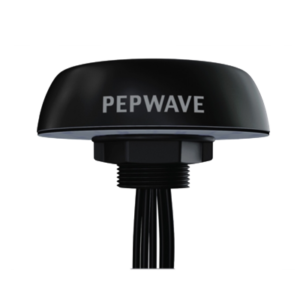
All Peplink routers come with screw-in paddle-type antennas. There will be one included for each antenna port, which attach using standard SMA connectors. These paddle antennas are well-optimized, and may be all you need in many signal situations - especially if your RV or boat does not contain lots of signal-blocking metal.
But when you have a weak signal, have your router inside a metal RV or boat, have obstacles around that might block signal or when the nearest tower is overloaded - it may be helpful to use roof or pole mounted antennas instead to improve your performance.
Options include using an antenna mounted above local clutter, switching to a higher gain antenna, getting an antenna outside of signal interfering metal, or even using a directional antenna to reach a specific far away tower.
Cellular antennas can be directional or omnidirectional and have several different form factors: monopoles, panels, directional, and domes. When using them in your internet set up these can be roof mounted, pole mounted, or even hung in a window.
Peplink firmware 8.3 (released in February 2023) introduced a new feature called Two Antenna Mode, which allows a modem designed for using 4x4 MIMO (which include Cat 18 and above LTE modems, and 5G modems) to use only two antennas. Unfortunately, the X62 5G modem module does not support this feature. While this does have a hit to some performance gain, it does allow a router upgrade without necessarily needing to replace older 2x2 MIMO antennas right away.
There are trade-offs like cost, storage, setup and mounting, that are important to consider when going beyond the included paddle antennas.
For more information on how to select Antennas check our guide:
Selecting Mobile Cellular Antennas
Cellular Boosters for Peplink Data Performance
A cellular booster works by amplifying a weak cellular signal and rebroadcasting that signal locally to your cellular devices.
While this sounds very similar to how a cellular antenna works, in practice cellular boosters are not as useful for optimizing cellular data performance.
Some of the drawbacks include:
- When a booster amplifies a signal, it is also amplifying noise.
- They can not tap into the power of MIMO - or multiple in and multiple out that is an essential technology for optimizing data performance. They receive and transmit one signal only.
- Boosters only work for a small number of frequencies (a regulatory restriction) compared to the dozens in active use by the carriers.
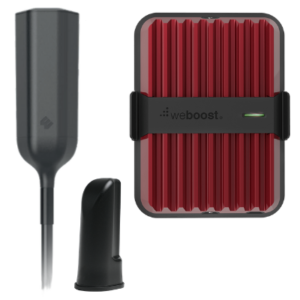
But in some cases, boosters may out perform an external antenna setup and may be worth having on board. Such as when you are very far from a tower or need to optimize upload performance for video broadcasting or large files.
To use a cellular booster effectively with a Peplink router, we recommend un-attaching any external antennas, re-attaching the included screw in paddle antennas and then placing the booster's internal antenna very near the router's antennas.
For more information about how to select boosters, how to use them, etc. check out our guide:
Mobile Cellular Boosters for Data Internet Access in RVs & Boats
Peplink Cellular Band Selection
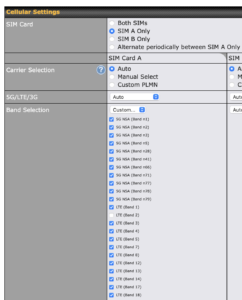
Unfortunately, the best frequency band will change by location and even during the course of the day.
A unique feature on Peplink routers is the ability to override the default negotiation between the modem and the tower as to which frequency bands your connection is placed over - and select which bands to try.
Sometimes this can optimize your performance, but it can be quite the process to figure out in each location which frequency bands have the best signal strength and more importantly capacity.
But when you have an important meeting or online event, and you've tried your other avenues (antennas or a booster) you may find that this feature is very handy to improve your cellular data performance.
One tip if you use band selection, don't forget to turn it off before you leave! Arriving at your next destination with your router locked to specific frequencies is likely going to be frustrating and not helpful.
We have an in-depth guide going over this feature, including three different approaches to take when selecting frequency bands:
Peplink Cellular Band Selection
We also have a full member guide to understanding cellular frequencies:
Understanding Cellular Frequencies
Multiple Internet Sources: Bonding & Load Balancing
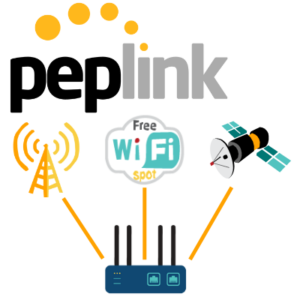
Redundancy is something we preach here at the Mobile Internet Resource Center - as each location can have its challenges as to what works best. And sometimes, it's a combination of multiple options that can do the trick.
Peplink routers are designed for bringing together multiple internet options (also called multi-WAN). Many have multiple cellular modems, Ethernet WAN ports, vLAN Ethernet ports, USB tethering, modem modules, Wi-Fi as WAN and Synergy mode to bridge multiple routers together.
For example, the Max BR2 Pro allows for eight different sources: two cellular modems (for two different cell carriers), 2 Ethernet WAN ports and a vWAN port for hard wired connections, USB tethering, and two Wi-Fi antenna frequencies to connect to two different external Wi-Fi sources (Wi-Fi as WAN),
This could even be expanded further by using another Peplink router in Synergy mode and combining its WAN sources also.
Peplink's firmware provides many options for combining multiple connections to give you the best reliability.
Some key firmware :options are bonding multiple connections with their SpeedFusion Connect Protect technology, balancing traffic over multiple connections, failing over when one connection goes down, and smoothing out multiple WAN sources.
Each approach has their pros and cons, and configuration - which are covered in these resources:
Peplink SpeedFusion Connect Protect - Bonding
Peplink & Multi-WAN: Using Multiple Internet Sources
Combining Internet Connections: Bonding, Load Balancing & Auto Failover
How to Know if Your Optimizations Are Working
When tweaking your cellular data performance, it's useful to know if your efforts are making a difference.
We have a guide to specifically help you do this. Our Testing guide covers key concepts associated with signal strength, and how to know if your signal enhancing efforts are working:
Testing & Understanding Your Cellular Internet Performance
View our Peplink product line overview and articles - co-authored with our education & action partner at MobileMustHave (who offers advanced support, guidance and discounts to our members):
Explore the Resource Center
Have Questions?
Join our 'Library Desk':
Internet for RVers & Cruisers Facebook Group
We cross post news articles and guides, and can help point you in the right direction to our content here on the resource center.
It is with gratitude to our premium members that we're able to offer our free content - and for that, they also have access to our member Q&A areas for more in-depth guidance.
Become a Member
 The MIA is our premium membership - designed for those who consider mobile internet an important part of their lifestyle.
The MIA is our premium membership - designed for those who consider mobile internet an important part of their lifestyle.
In thanks for making content like this possible, we offer a bunch of additional perks. From interactive guidance, in-depth member exclusive content, discounts, alerts, classroom and ability to book private advising sessions.
Stay In the Know
We're constantly tracking the industry and analyzing new developments for mobile travelers. If you'd like to receive updates, we offer several ways:
- Subscribe to our free monthly newsletter
- Subscribe to our News Stories RSS Feed
- Subscribe to our YouTube Channel
- Follow our Facebook Page
 These resources are co-authored with our education & action partner at
These resources are co-authored with our education & action partner at 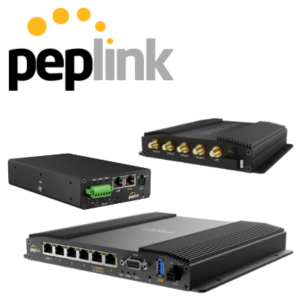

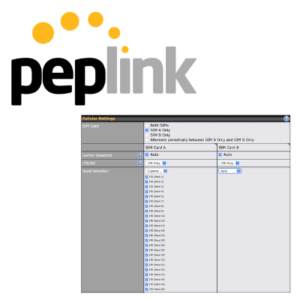

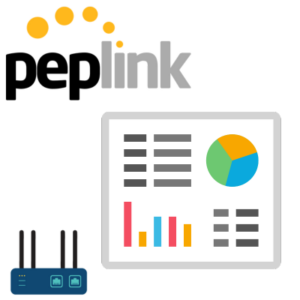

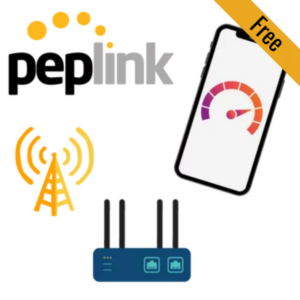

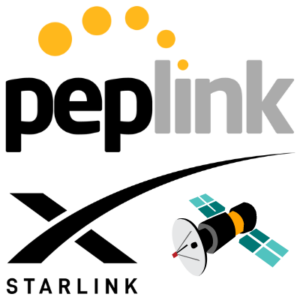
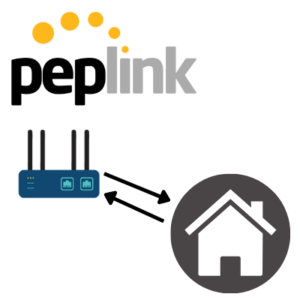
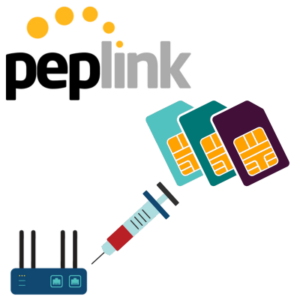
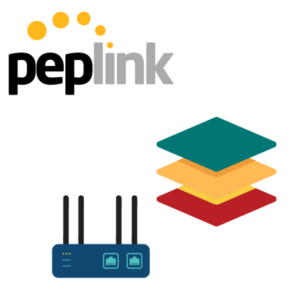
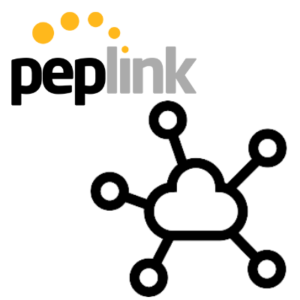
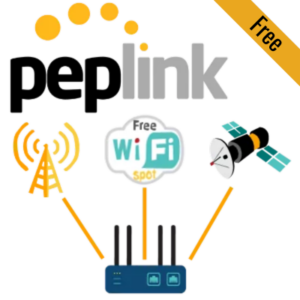
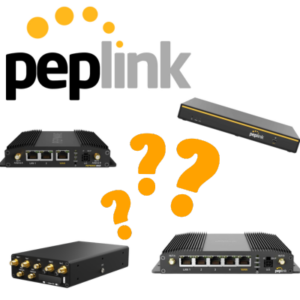
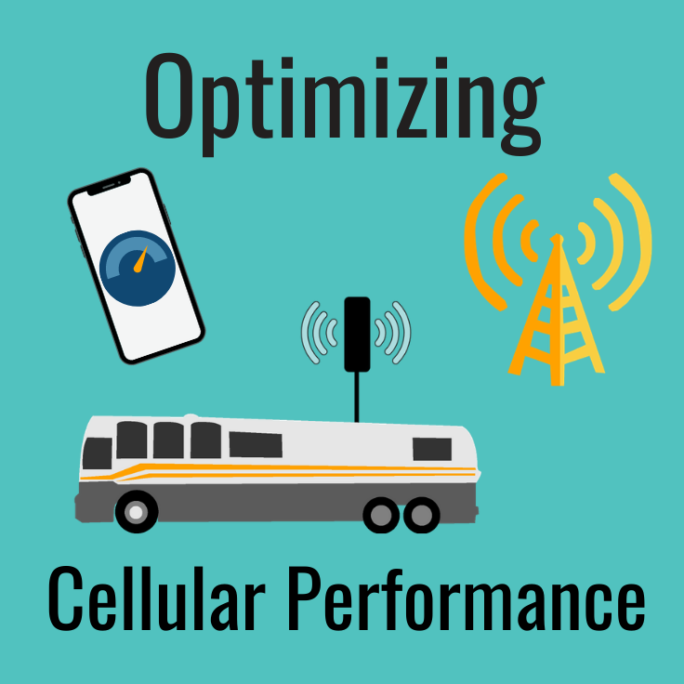
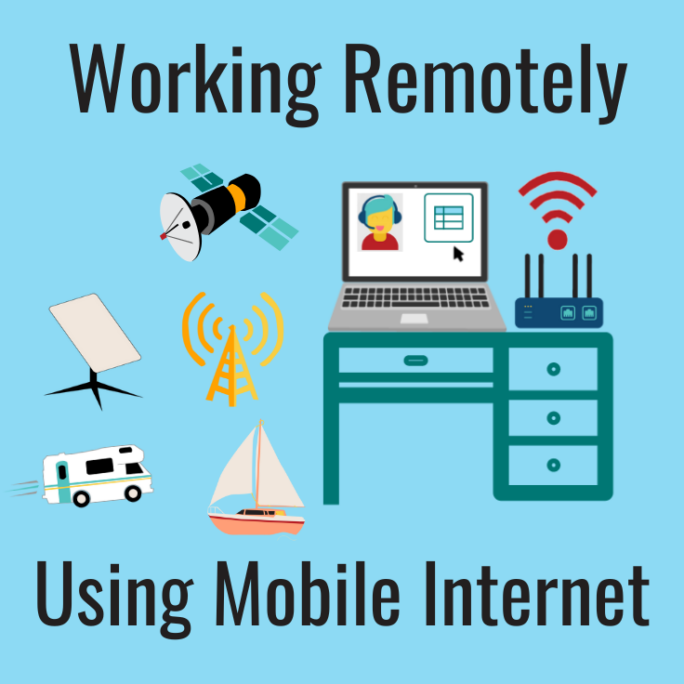
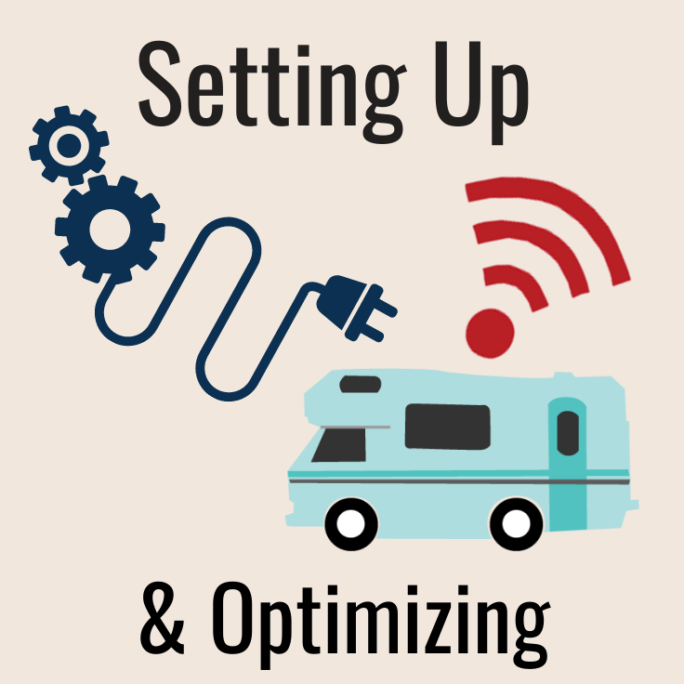
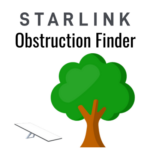
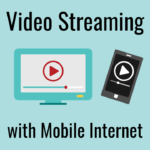




 Mobile Internet Resource Center (dba Two Steps Beyond LLC) is founded by Chris & Cherie of
Mobile Internet Resource Center (dba Two Steps Beyond LLC) is founded by Chris & Cherie of